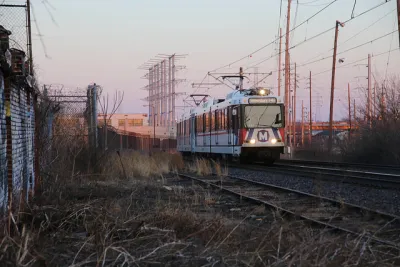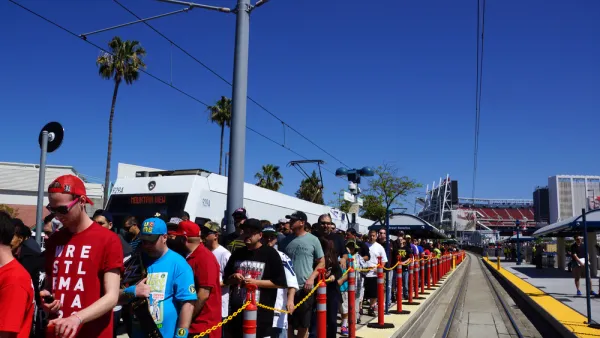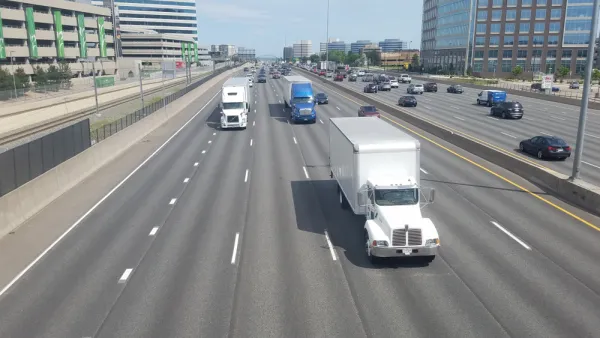American policymakers could improve the effectiveness of infrastructure projects by focusing on five key elements.

Despite policy differences, there are some major "principles that can help us end up with good infrastructure," writes Alex Marshall on Governing.com. In a nutshell, he says, "we take too long to build infrastructure that costs too much, is clunkily designed, is tied too closely to private profit and does not play well with other systems." Yet "good infrastructure is good for cities, states and their citizens; bad infrastructure is bad for them." Marshall lays out five principles for good infrastructure, which come down to the importance of five key factors:
- Cost: "we pay several times more than other advanced nations to build transit infrastructure."
- Time: projects that should take years take decades due to regulatory holdups and other delays.
- Connections: seamless networks are the key to creating truly useful, effective transit systems.
- Design: better design can lead to faster, cheaper construction, yet "we lag behind other countries" in the design of basic infrastructure.
- Ownership: oversight is important, particularly when it comes to major infrastructure. "Even the best-designed and swiftly built infrastructure will turn bad if we give one or two private companies total control over them."
Newly appointed Transportation Secretary Pete Buttigieg "has said that he will push a 'fix-it first' strategy, which is a good principle, even if it is not popular with the private development community that profits from new construction." Marshall argues that, along with basic fixes, infrastructure investment has to plan for the long term.
FULL STORY: What Are the Five Principles of Good Infrastructure?

National Parks Layoffs Will Cause Communities to Lose Billions
Thousands of essential park workers were laid off this week, just before the busy spring break season.

Retro-silient?: America’s First “Eco-burb,” The Woodlands Turns 50
A master-planned community north of Houston offers lessons on green infrastructure and resilient design, but falls short of its founder’s lofty affordability and walkability goals.

Delivering for America Plan Will Downgrade Mail Service in at Least 49.5 Percent of Zip Codes
Republican and Democrat lawmakers criticize the plan for its disproportionate negative impact on rural communities.

Test News Post 1
This is a summary

Test News Headline 46
Test for the image on the front page.

Balancing Bombs and Butterflies: How the National Guard Protects a Rare Species
The National Guard at Fort Indiantown Gap uses GIS technology and land management strategies to balance military training with conservation efforts, ensuring the survival of the rare eastern regal fritillary butterfly.
Urban Design for Planners 1: Software Tools
This six-course series explores essential urban design concepts using open source software and equips planners with the tools they need to participate fully in the urban design process.
Planning for Universal Design
Learn the tools for implementing Universal Design in planning regulations.
EMC Planning Group, Inc.
Planetizen
Planetizen
Mpact (formerly Rail~Volution)
Great Falls Development Authority, Inc.
HUDs Office of Policy Development and Research
NYU Wagner Graduate School of Public Service





























